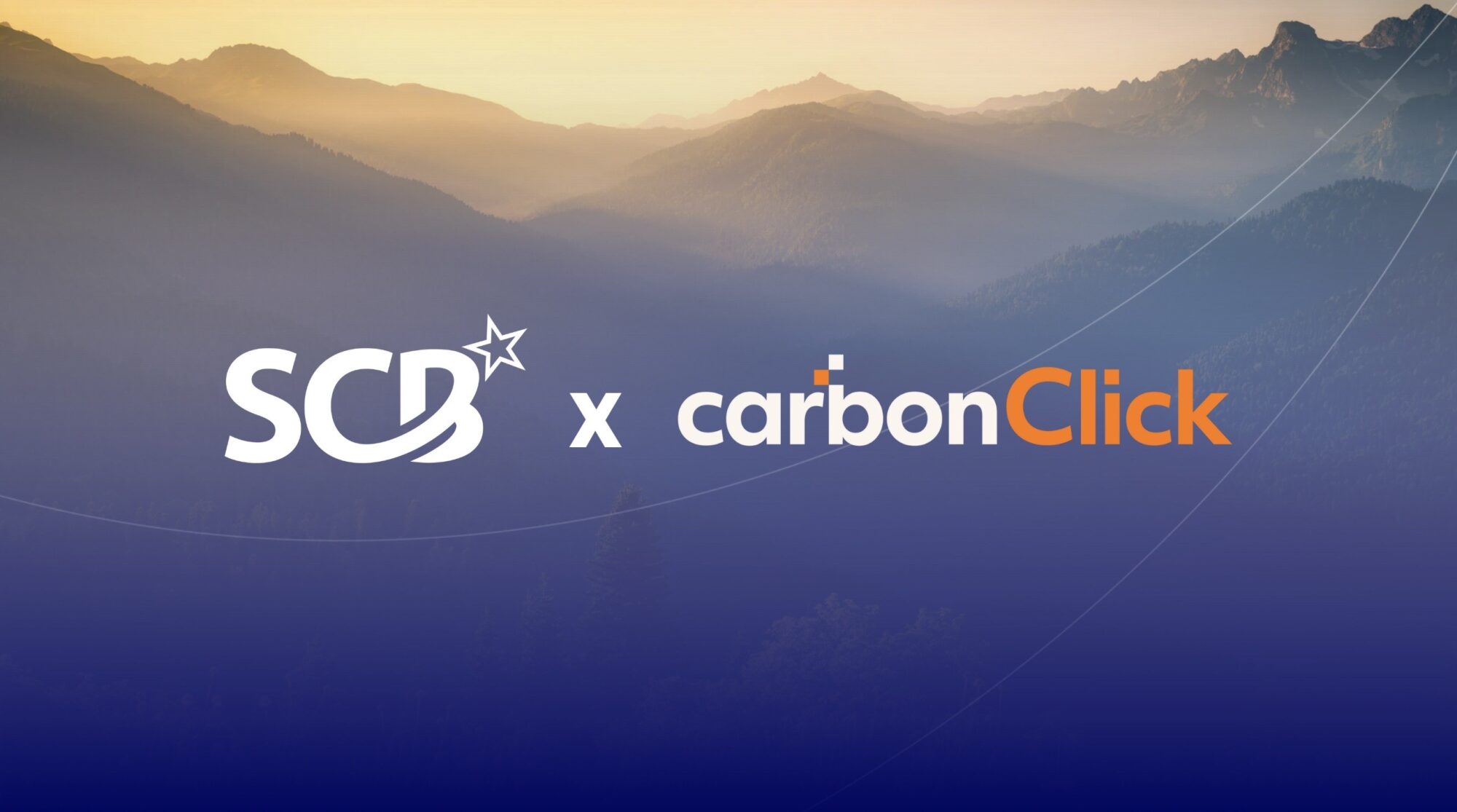Multiple sources confirmed the deal the following morning, all calling it the first known trade of the credits that was reportedly done at $60/credit for a 300- credit deal. Identities of the parties were not immediately available.
At a 2017 Rulemaking Advisory Committee meeting in Portland on Nov. 2, the Oregon Department of Environmental Quality (DEQ) said it expected CFP credits to begin trading soon, but bids and offers remained far apart until shortly after the meeting.
Although multiple brokers and traders said they haven’t seen bids or offers for the credits in the market, one source said the same day that the most recently framed market was a bid of $30/credit against an offer of $80/credit. The next day, however, the bid and offer became more competitive, tightening to a bid of $55/credit against an offer of $65/credit.
At last week’s meeting, DEQ’s CFP analyst, Bill Peters, suggested the lack of urgency may be due to the fact that credits aren’t due to be submitted for compliance until April 2018. Because 2016 is the first year for compliance following the baseline year of 2015, regulated parties have until 2018 to balance their credits and deficits for 2016 and 2017. Starting in 2018, regulated parties must comply by the end of each calendar year.
Peters pointed to a similarly slow start to California’s Low Carbon Fuel Standard (LCFS) credits trading, which he said took about a year and a half to start trading. LCFS credit prices have fluctuated wildly in their brief history.
The first OPIS assessment for LCFS credits on Aug. 6, 2012, was at $14.50/credit and peaked at $129/credit on Feb. 2 of this year. The assessment has averaged $54.63/credit from its inaugural price through Thursday’s assessment at $93/credit.
In Oregon, regulated parties generated 182,357 credits in the second quarter, down from 189,071 credits in the first quarter, DEQ said last week. Second- quarter deficits totalled 139,895, also down from 154,779 in the first quarter, the agency said. In the first half of 2016, 76,754 net credits were generated.
Credits are generated by the use of fuels whose carbon intensity (CI) falls below this year’s CFP target, while deficits are generated through the use of fuels with CIs above the target. The program was modelled after California’s LCFS.
CFP is designed to reduce the carbon intensity of transportation fuels in Oregon 10% by 2025 from a 2015 baseline.



